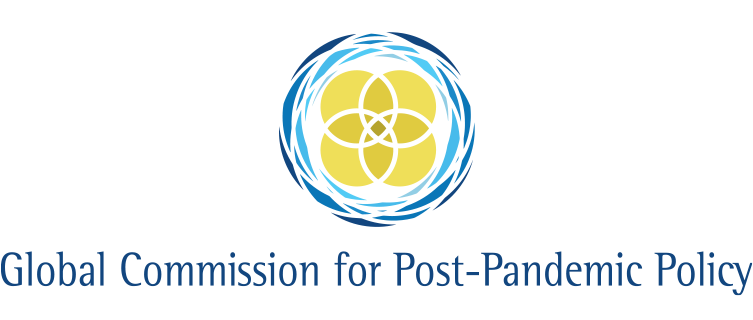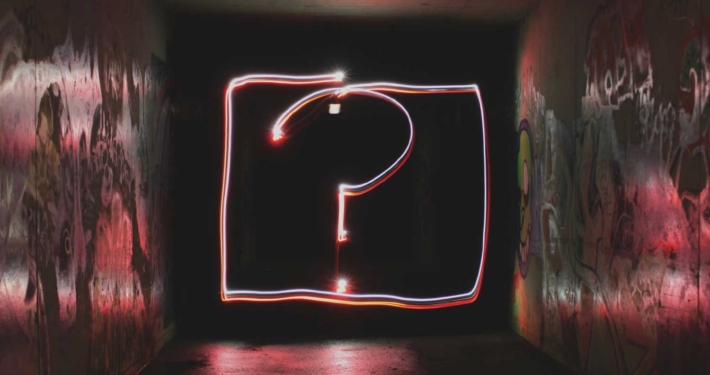Research Monitor
February 9th 2021
Health
Mortality rates and the British COVID-19 strain
Two weeks ago, British Prime Minister Boris Johnson stated in public comments that B.1.1.—the SARS-CoV-2 strain first identified in the United Kingdom—appears to be associated with a higher mortality rate than the original version of the coronavirus. On February 5th, the research underpinning the statement was published in a paper on the medRxiv, a preprint server for research in the health sciences.
To gauge whether the British SARS-CoV-2 strain led to different health outcomes in patients, Nicholas Davies, Christopher Jarvis, John Edmunds, Nicholas Jewell, Karla Diaz-Ordaz and Ruth Keogh from the London School of Hygiene and Tropical Medicine analysed data from 858,181 individuals who had received a positive community (rather than hospital or lab) COVID-19 test result between November 1st 2020 and January 11th2021.
By linking individual records of positive community tests to COVID-19 death records, the academics were able to do a large sample comparison of the mortality rates of the new and conventional virus strains. The results were striking. In patients who tested positive for lineage B.1.1.7, mortality rates were 30% higher than in patients who tested positive for the original strain of the coronavirus.
However, the authors caution that it remains unclear whether mortality rates were higher because the virus strain is in fact deadlier, or whether another factor could be at work. For example, it is possible that the strain’s higher infectiousness simply makes it more effective at infecting people who are already at a higher risk of dying from COVID-19, such as the elderly and those with pre-existing conditions––which would have the same result.
South Africa and the Oxford-AstraZeneca vaccine
A pre-print paper submitted for peer-review to The Lancet—a prestigious medical journal—suggests that the Oxford-AstraZeneca vaccine is only minimally effective against lineage B.1.351, the SARS-CoV-2 strain first identified in South Africa.
In an effort to understand the implications of B.1.351 for the efficacy of the Oxford-AstraZeneca vaccine, the Vaccines and Infectious Diseases Analytics (VIDA) Research Unit at the University of the Witwatersrand ran a clinical trial with approximately 2,000 volunteers in South Africa. Of that sample, half were given the Oxford-AstraZeneca vaccine while the other half were given a placebo.
In the vaccine treatment group, 19 people ultimately fell ill with mild to moderate cases of COVID-19 caused by the B.1.351 variant, while 20 people fell ill in the placebo group. This translates to an efficacy of only 10%—well below the 25% necessary to meet international standards for emergency use. As a consequence, the South African health authorities immediately suspended the use of the 1.5 million doses of the Oxford-AstraZeneca vaccine the country had already procured, pending further advice from health experts.
South Africa had already been forced to pay $5.25 per dose of the vaccine from the Serum Institute in India, which manufactures the Oxford-AstraZeneca vaccine under license. This was higher than the cost many developed nations had had to pay, despite the fact that the Oxford-AstraZeneca vaccine had been approved on the basis of a Phase III clinical trial performed in South Africa late last year.
The E484K escape mutation
In the United Kingdom, Public Health England (PHE) recently confirmed that B.1.1.7—the British virus variant—has in parts of the country picked up a mutation characteristic of the South African virus variant B.1.351. The details are summarised in a briefing article published in the British Journal of Medicine.
The South African strain of SARS-CoV-2 is characterised by a constellation of 10 mutations on the spike proteins that dot the virus’s surface. These spike proteins consist of an ordered chain of 1,273 amino acids. Each mutation alters the type of amino acid at one of the 1,273 locations on the protein. The mutation that has most concerned virus experts is a change at location 484 on the spike protein, where an E amino acid has been replaced by a K amino acid. This gives the mutation its title, E484K.
In the South African strain, E484K appears to affect the body’s immune response to the virus––allowing it to slip past the body’s immune defences. This was confirmed by a recent preprint paper published on the medRxiv that demonstrated that antibody treatments need to be administered at much higher serum doses to maintain the same efficacy against virus variants carrying the mutation. This mechanism is also thought to be responsible for the lower efficacy of the existing suite of vaccines on the South African strain of SARS-CoV-2.
Fortunately, Public Health England has so far only picked up 11 cases of the British strain with the E484K variant, all in the Bristol area. However, in the context of the aforementioned findings on the higher mortality rates and vaccine resistance of the B.1.1.7 and B.1.351 strains respectively, the prospect of a virus strain that is both vaccine resistant and more deadly is cause for global concern.
Economics
A new paper published in the journal EPJ Data Science investigates the trade in COVID-19 products on the dark web.
The COVID-19 pandemic has altered global demand for goods and services, shifting much of the retail economy online. The same trend is true of the shadow economy. The combination of a public health emergency, intense economic distress and misinformation-led panic have driven increasing numbers of buyers and sellers onto the dark web, the part of the internet inaccessible to search engines and requiring anonymising software to access.
To investigate trends in theses online spaces, Andrea Baronchelli and colleagues from the University of London analysed 851,199 listings posted on Dark Web Marketplaces (DMWs) between January 1st and November 16th 2020. Of these, 788 listings were related to COVID-19 products—neatly tracking goods shortages in regulated markets. These included listings for masks, COVID-19 tests and even ventilators. There was also a trade in controversial medicines such as hydroxychloroquine.
Although the period under analysis preceded the first vaccination campaigns, the authors emphasise that the global shortage of COVID-19 vaccines will almost certainly fuel an illicit online trade in vaccines. As a consequence, continuous monitoring of these dark web spaces by law enforcement will become increasingly important in the months to come.
Photo by Emily Morter on Unsplash
GCPPP Newsletter
We now publish a weekly newsletter to inform friends and supporters of the Global Commission’s progress and to provide updates when new content is published. Please sign up here:








